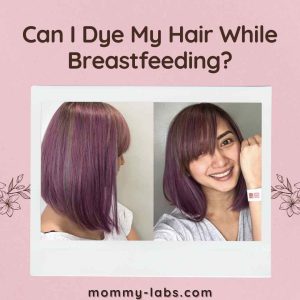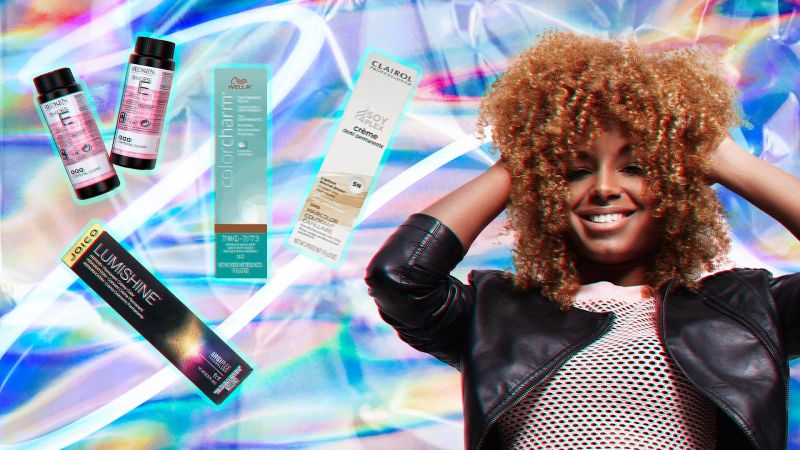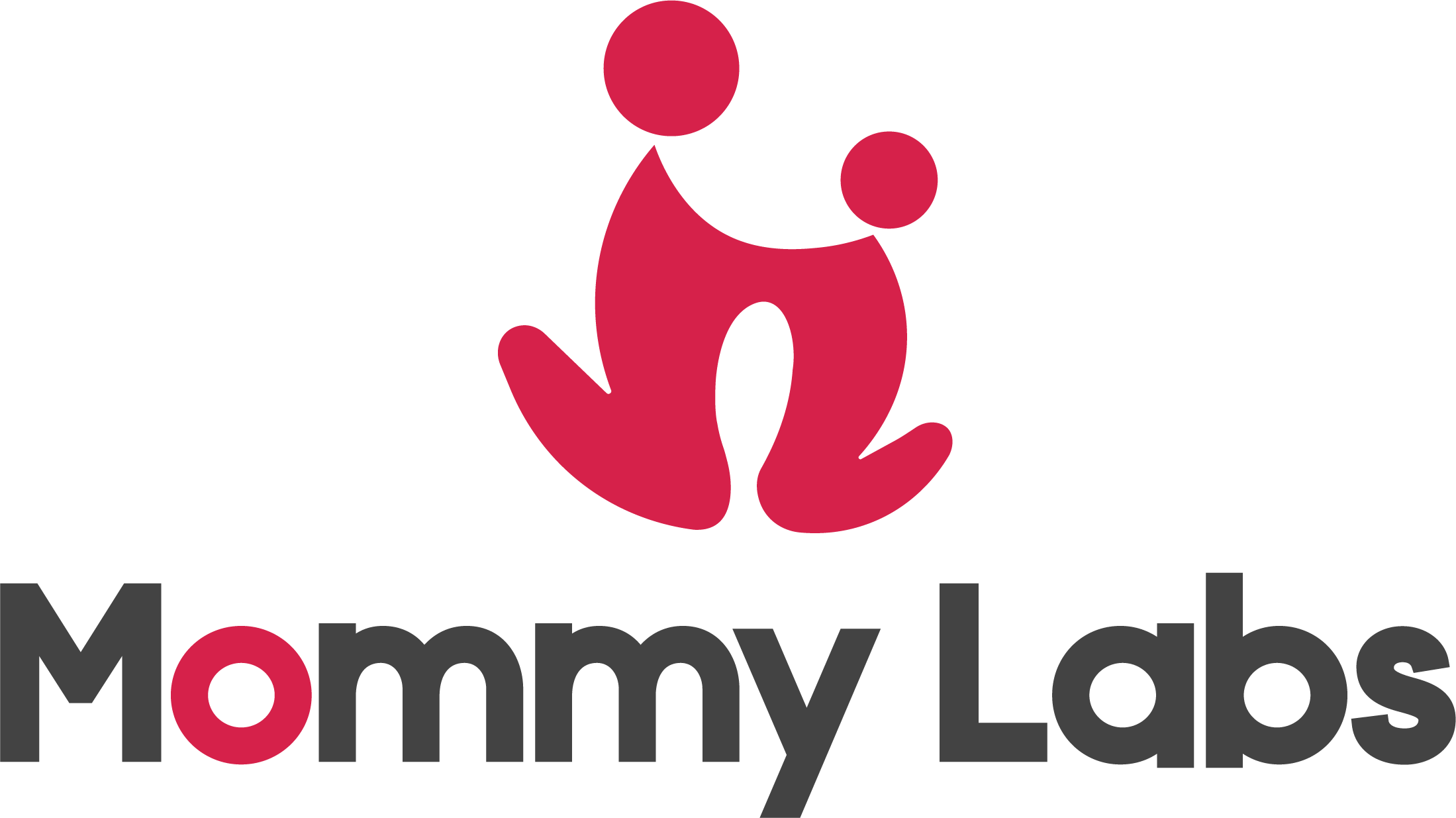
As a breastfeeding mom, you may wonder if it’s safe to dye your hair. Your baby’s health is a top priority. The good news is that, with some precautions, you can safely dye your hair while breastfeeding.
This article will address common concerns and guide you in safely dyeing your hair during this period.
We’ll start by explaining the types of hair dyes and their ingredients. Safety is crucial, and we’ll discuss precautions such as consulting a healthcare professional, patch tests, and creating a well-ventilated space. We’ll also look at alternative dye options and timing your dye session around breastfeeding.
By the end, you’ll know to confidently dye your hair without compromising your baby’s health. Self-care is important, and you can do it safely!

| Numerous women have a strong passion for fashion, and as they approach their baby shower and delivery, they often seek ways to enhance their appearance. This includes dedicated efforts in caring for their skin and body before the big day, and sometimes, even indulging in creative forms of expression like “womb art.” |
Can I Dye My Hair While Breastfeeding?
Yes, you can dye your hair while breastfeeding, but taking some precautions is crucial to ensure your safety and your baby’s well-being. Here’s an explanation of how you can safely dye your hair during this period:
Consult with a Healthcare Professional
Before dyeing your hair, consider talking to your healthcare provider or a lactation consultant. They can offer personalized guidance based on your health, allergies, and your baby’s needs. This consultation helps ensure that any potential risks are assessed and minimized.
Patch Testing
Perform a patch test before using any hair dye product. This involves applying a small amount of the dye to a small area of your skin to check for allergic reactions or adverse effects. This step is crucial, especially while breastfeeding, to avoid exposing your baby to any potential allergens or irritants.
Choose Safer Dye Options
Opt for hair dye products that are ammonia-free and contain fewer harsh chemicals. Ammonia-free dyes are generally gentler on your hair and scalp and are less likely to release strong fumes that could irritate you or your baby.
Ventilation and Location
When dyeing your hair, select a well-ventilated area, such as a room with open windows or good airflow. This minimizes your exposure to fumes from the hair dye. Additionally, it’s a good idea to keep your baby away from the dyeing process to prevent them from inhaling fumes.
Timing
Plan your hair dyeing session around your baby’s feeding schedule. Ensure your baby is not hungry or needs immediate care during the process. It’s a good practice to dye your hair when someone else can watch over the baby.
What Are Hair Dye, Their Types And Ingredients?
Hair dye is a product that changes hair color, allowing individuals to express their style and enhance their look. Understanding hair dye is crucial, especially if you’re considering dyeing your hair while breastfeeding, as it’s essential to ensure your and your baby’s safety.
Types of Hair Dye

Hair dyes come in several varieties, each with its characteristics:
- Permanent Dye: This type delivers long-lasting color changes, effectively covering gray hair by deeply penetrating the shaft. However, it’s more enduring, lasting until new hair growth.
- Semi-Permanent Dye: These dyes offer a temporary color change that gradually fades. They don’t penetrate as deeply as permanent dyes, making them less permanent.
- Temporary Dye: These are the least long-lasting, washing out after a few shampoos. They’re ideal for experimenting with new colors without a long-term commitment.
- Natural Dyes (e.g., Henna): Some opt for natural options like Henna or vegetable-based dyes, which provide color without using certain chemicals in other dyes.
Dye Ingredients
Hair dye products typically contain chemicals that facilitate color alteration:
- Ammonia: Often used to open the hair cuticle and enable deep dye penetration, ammonia is effective for color retention but can be harsh on hair and the scalp.
- Paraphenylenediamine (PPD): Commonly responsible for color change, PPD has been linked to skin allergies and sensitivities in some individuals.
- Titanium Dioxide: This white pigment is found in some hair dyes and is generally considered safe, but awareness of its presence is important.
- Sodium Lauryl Sulfate (SLS): SLS is a foaming agent in shampoos and hair dyes, potentially causing skin and scalp irritation.
| Regarding breastfeeding, there is generally no harm in dyeing your hair. Still, it’s wise to take precautions to ensure safety. Understanding the types of hair dye and their ingredients helps you make informed choices to minimize potential risks to you and your baby. Always prioritize safety while enjoying self-care. |
Safety Precautions When Dyeing Hair While Breastfeeding
- Consult with a Healthcare Professional: Before dyeing your hair, it’s advisable to consult with your healthcare provider. They can offer personalized guidance and ensure that any potential risks are assessed based on your health and circumstances.
- Patch Testing: Always perform a patch test before using any hair dye. This helps you check for allergic reactions or adverse effects, which is especially crucial while breastfeeding to avoid unwanted chemicals in contact with your baby.
- Choose Ammonia-Free and Low-Chemical Dyes: Opt for ammonia-free hair dyes and those with fewer harsh chemicals whenever possible. These alternatives can be gentler on your hair and skin.
- Ventilation and Avoidance: When dyeing your hair, ensure you’re in a well-ventilated area to minimize fume exposure. It’s also wise to keep your baby away from the dyeing process.
FAQs
How long after dying hair can I breastfeed?
You typically don’t need to wait before nursing your baby after dyeing your hair. Nurse Goh, a healthcare expert, confirms there’s generally no reason to postpone breastfeeding following a hair coloring session. This rule applies to temporary or semi-permanent dyes and even permanent dyes containing ammonia and peroxide. Instead of waiting for a set period, thoroughly rinse and wash your hair according to the manufacturer’s guidelines. This step removes any residual dye and chemicals, significantly reducing potential risks to your baby. Prioritize meticulous rinsing, washing, and maintaining good ventilation during the hair coloring. By doing so, you can usually resume breastfeeding without delay, striking a safe and comfortable balance between self-care and your baby’s needs. Consider consulting a healthcare professional for personalized guidance if you have any specific concerns or questions.
Can I dye my hair 2 months postpartum?
Yes, you can generally dye your hair two months after giving birth during the postpartum period. However, consider potential hormonal changes that might affect how your hair reacts to dye. It’s wise to do a strand test and be mindful of any new allergies or sensitivities that may have developed during pregnancy.
Choose hypoallergenic or sensitive-skin-friendly products if needed. Ultimately, the decision should align with your comfort level. Ensure you’re in a well-ventilated area during the process and prioritize self-care. Consulting a healthcare provider or dermatologist is a prudent step for personalized advice if you have specific concerns or conditions.
Can hair dye affect babies?
Hair dye can potentially harm babies if ingested. Ingesting hair dye can lead to severe mouth, throat, and stomach damage, causing lasting harm like bleeding or infection. Some dyes may contain harmful heavy metals that affect the central nervous system. While small amounts of ingested hair dye are minimally toxic, semi-permanent dyes can be more harmful.
Most research suggests that permanent and semi-permanent hair dyes are safe for pregnant or breastfeeding individuals. However, it’s advised to wait until after the first trimester before dyeing hair. To minimize risks, follow safety measures like wearing gloves, adhering to recommended application times, working in well-ventilated areas, and rinsing the scalp thoroughly.
Prioritizing safety is crucial when considering hair dye during pregnancy or while caring for a baby to ensure the well-being of both mother and child.
How long do hair dye chemicals stay in your system?
Hair dye chemicals typically remain in your system for a few weeks. After application, these chemicals can be detected in your bloodstream for about two weeks. Additionally, some dyes may continue to affect your hair for 3-4 weeks. Being mindful of these timelines is important, and following safety guidelines during and after hair dyeing can help mitigate any potential risks associated with these chemicals.
What beauty treatments are safe while breastfeeding?
Here is a list of beauty treatments that are generally considered safe while breastfeeding:
- Manicures and pedicures.
- Facials.
- Massages.
- Waxing (with caution, as skin may be more sensitive during breastfeeding).
- Eyebrow shaping and tinting.
- Non-chemical hair treatments like haircuts and styling.
- Non-toxic and ammonia-free hair coloring (with proper ventilation).
Conclusion
While there are many beauty treatments you can safely enjoy during breastfeeding, it’s essential to prioritize your well-being and that of your baby. Opt for non-toxic and low-chemical options, inform your beauty professional about your breastfeeding status, and maintain proper ventilation during treatments. Your self-care journey can continue harmoniously with the beautiful bond you share with your little one. Always remember safety and self-care can go hand in hand.
